Is College Sports Sustainable? Examining The Issues And Potential Solutions
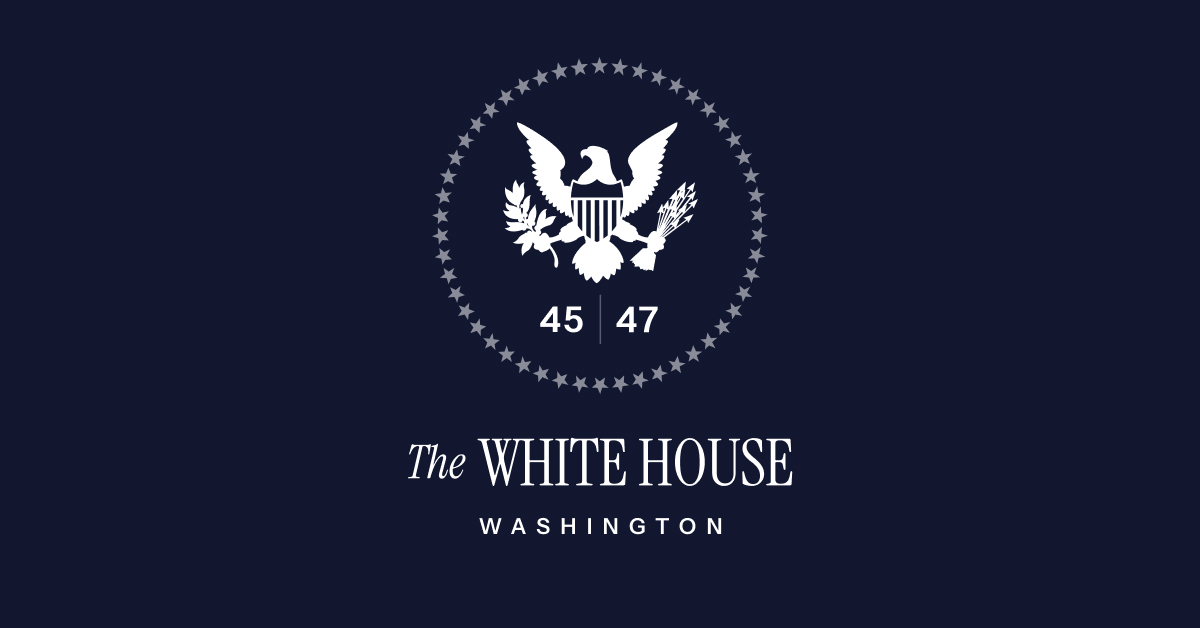
Welcome to your ultimate source for breaking news, trending updates, and in-depth stories from around the world. Whether it's politics, technology, entertainment, sports, or lifestyle, we bring you real-time updates that keep you informed and ahead of the curve.
Our team works tirelessly to ensure you never miss a moment. From the latest developments in global events to the most talked-about topics on social media, our news platform is designed to deliver accurate and timely information, all in one place.
Stay in the know and join thousands of readers who trust us for reliable, up-to-date content. Explore our expertly curated articles and dive deeper into the stories that matter to you. Visit Best Website now and be part of the conversation. Don't miss out on the headlines that shape our world!
Table of Contents
Is College Sports Sustainable? Examining the Issues and Potential Solutions
The roar of the crowd, the nail-biting finishes, the unwavering school spirit – college sports are an integral part of the American landscape. But beneath the surface of thrilling games and lucrative TV deals lies a complex question: is this multi-billion dollar industry truly sustainable? The answer, unfortunately, is far from simple. This article delves into the key issues threatening the long-term viability of college athletics and explores potential solutions to ensure its future.
The Mounting Challenges Facing College Sports
The current model of college sports faces numerous challenges, many stemming from the inherent conflict between amateurism and the massive commercialization of the industry.
1. The Name, Image, and Likeness (NIL) Revolution and its Unintended Consequences: The recent allowance of NIL deals has opened up new opportunities for student-athletes, but it also created a chaotic landscape. The lack of uniform regulations across different conferences and states has led to significant inequities, with some athletes benefiting handsomely while others struggle. This uneven playing field raises questions about fairness and competitive balance. Furthermore, the potential for exploitation by agents and third parties remains a significant concern.
2. The Financial Imbalance Between Powerhouse Programs and Smaller Schools: The vast disparity in revenue generation between major college football and basketball programs (often referred to as Power Five conferences) and smaller schools is widening. This creates a significant competitive disadvantage for smaller institutions, potentially forcing some to cut programs or even face financial ruin. The current revenue-sharing model within the NCAA is a key area needing reform.
3. The Pressure Cooker of Academic Integrity: The intense pressure to win, coupled with the demanding schedules of elite athletes, often compromises academic priorities. Maintaining a balance between athletic success and academic achievement remains a constant struggle, leading to concerns about the overall well-being of student-athletes. Improved support systems and academic counseling are crucial.
4. The Health and Safety Concerns of Student-Athletes: The physical toll of intense training and competition, particularly in high-impact sports like football and basketball, is undeniable. Long-term health consequences, including chronic injuries and brain trauma, are a serious concern. Improved medical care, stricter safety protocols, and greater transparency regarding injury data are vital steps.
Potential Pathways to a Sustainable Future
Addressing these challenges requires a multifaceted approach, focusing on several key areas:
- Reforming the NCAA's Governance Structure: Many experts advocate for greater autonomy for individual conferences, allowing them to create more tailored rules and regulations. A more decentralized system could better address the unique needs and challenges of different institutions.
- Implementing Comprehensive NIL Regulations: A uniform set of national NIL rules is essential to ensure fair competition and prevent exploitation. This could involve creating a regulatory body to oversee NIL deals and protect student-athletes' interests.
- Increased Revenue Sharing: A more equitable distribution of revenue among all member institutions is crucial to fostering a more sustainable ecosystem. This could involve revising the current revenue-sharing model to better support smaller schools.
- Prioritizing Student-Athlete Well-being: Investing in enhanced support services, including comprehensive medical care, mental health resources, and academic counseling, is essential to ensure the holistic well-being of student-athletes.
Conclusion: A Call for Action
The future of college sports hinges on addressing these critical issues. A collaborative effort involving the NCAA, universities, coaches, athletes, and lawmakers is essential to build a more sustainable and equitable model that prioritizes both athletic competition and the well-being of student-athletes. Ignoring these challenges risks the long-term viability of an industry that holds a cherished place in American culture. The time for decisive action is now. What solutions do you believe are most crucial for ensuring the sustainability of college sports? Share your thoughts in the comments below.

Thank you for visiting our website, your trusted source for the latest updates and in-depth coverage on Is College Sports Sustainable? Examining The Issues And Potential Solutions. We're committed to keeping you informed with timely and accurate information to meet your curiosity and needs.
If you have any questions, suggestions, or feedback, we'd love to hear from you. Your insights are valuable to us and help us improve to serve you better. Feel free to reach out through our contact page.
Don't forget to bookmark our website and check back regularly for the latest headlines and trending topics. See you next time, and thank you for being part of our growing community!
Featured Posts
-
 Rosenqvists New Indy Car Livery A Nod To The Grateful Deads Legacy
Jul 25, 2025
Rosenqvists New Indy Car Livery A Nod To The Grateful Deads Legacy
Jul 25, 2025 -
 New Executive Order Targets Big Money Influence In College Sports Nil
Jul 25, 2025
New Executive Order Targets Big Money Influence In College Sports Nil
Jul 25, 2025 -
 Is College Sports Sustainable Examining The Issues And Potential Solutions
Jul 25, 2025
Is College Sports Sustainable Examining The Issues And Potential Solutions
Jul 25, 2025 -
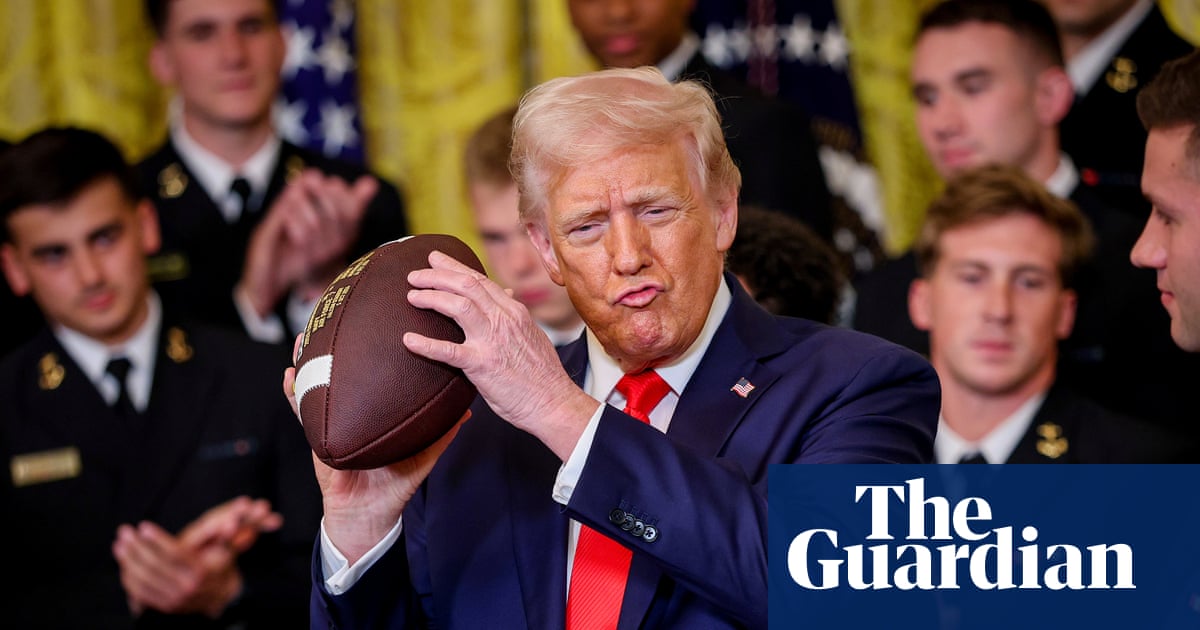 Trump Aims To Curb Excess In College Sports Funding
Jul 25, 2025
Trump Aims To Curb Excess In College Sports Funding
Jul 25, 2025 -
 Rashfords Barcelona Loan Manchester United Star Joins Catalan Giants
Jul 25, 2025
Rashfords Barcelona Loan Manchester United Star Joins Catalan Giants
Jul 25, 2025
Latest Posts
-
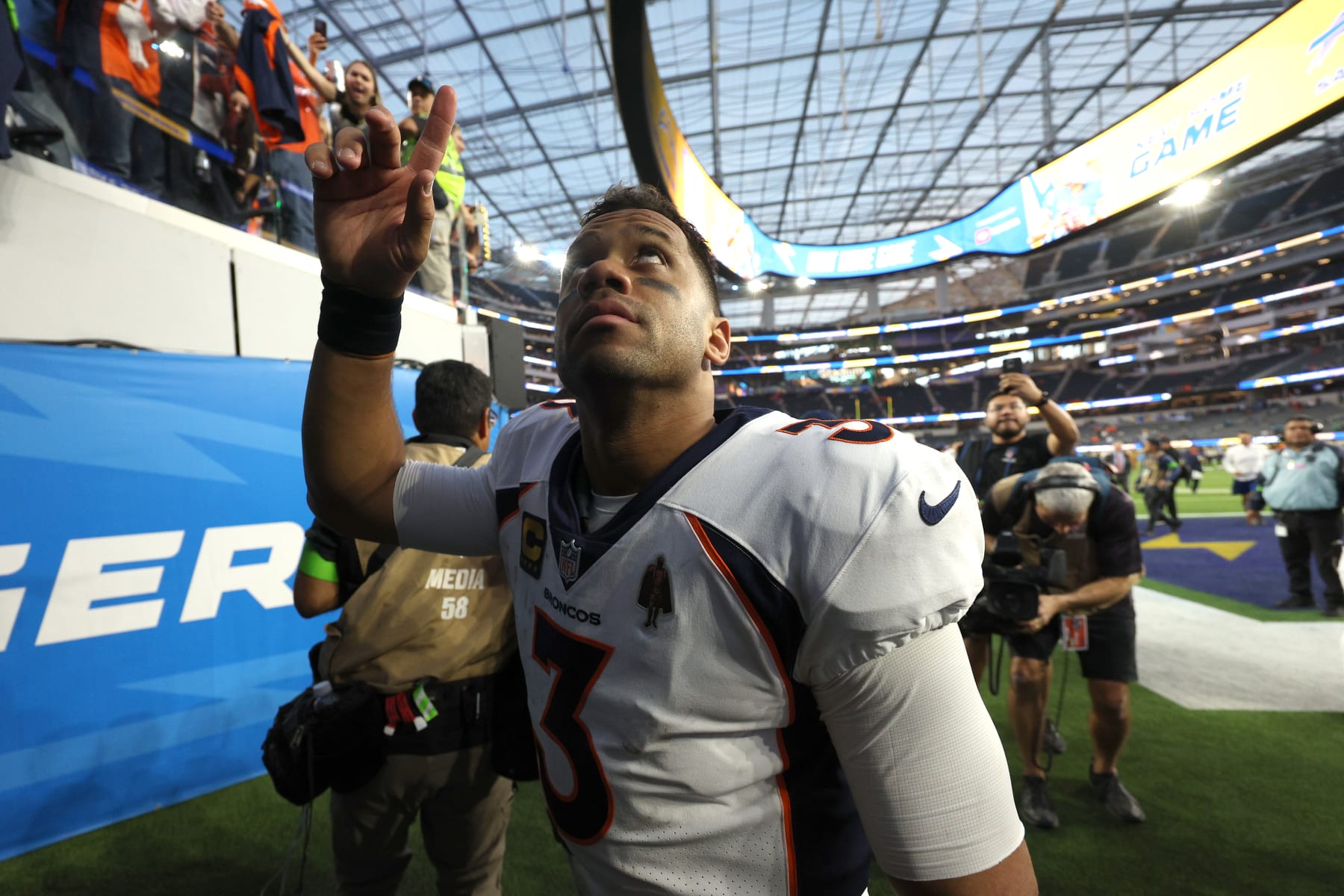 On The Bubble Which Nfl Teams Are Most Likely To Secure A 2023 Postseason Spot
Jul 26, 2025
On The Bubble Which Nfl Teams Are Most Likely To Secure A 2023 Postseason Spot
Jul 26, 2025 -
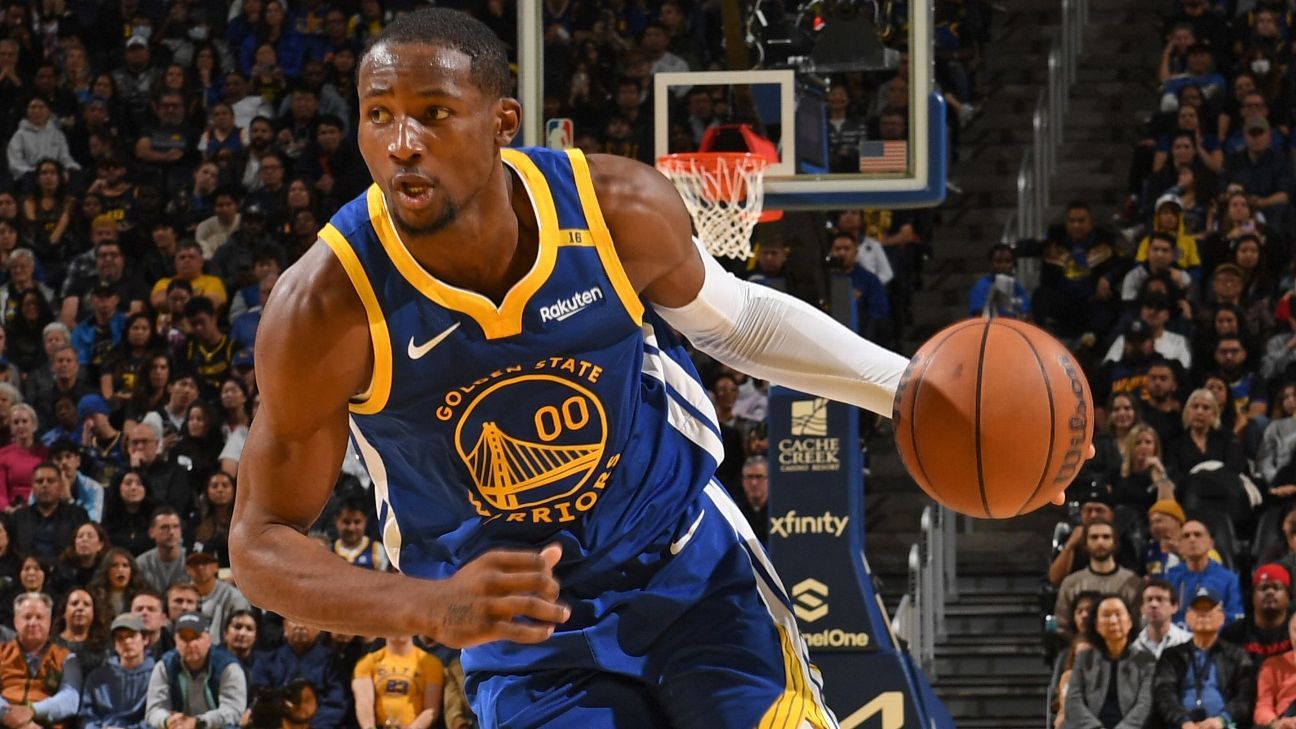 Espn Report Jonathan Kuminga In No Hurry To Sign With Golden State
Jul 26, 2025
Espn Report Jonathan Kuminga In No Hurry To Sign With Golden State
Jul 26, 2025 -
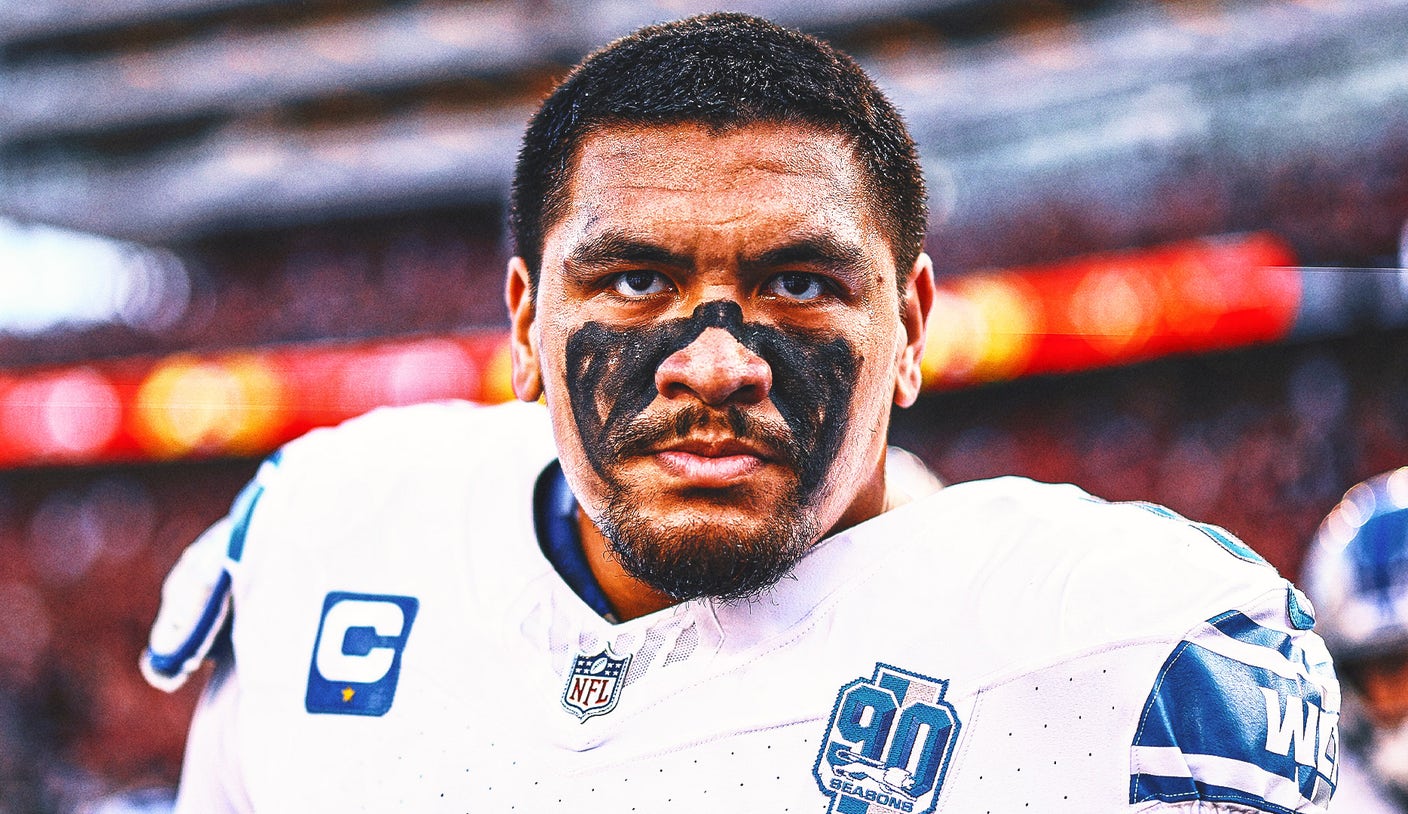 Detroit Lions O Line A Year Of Regression From Elite To Work In Progress
Jul 26, 2025
Detroit Lions O Line A Year Of Regression From Elite To Work In Progress
Jul 26, 2025 -
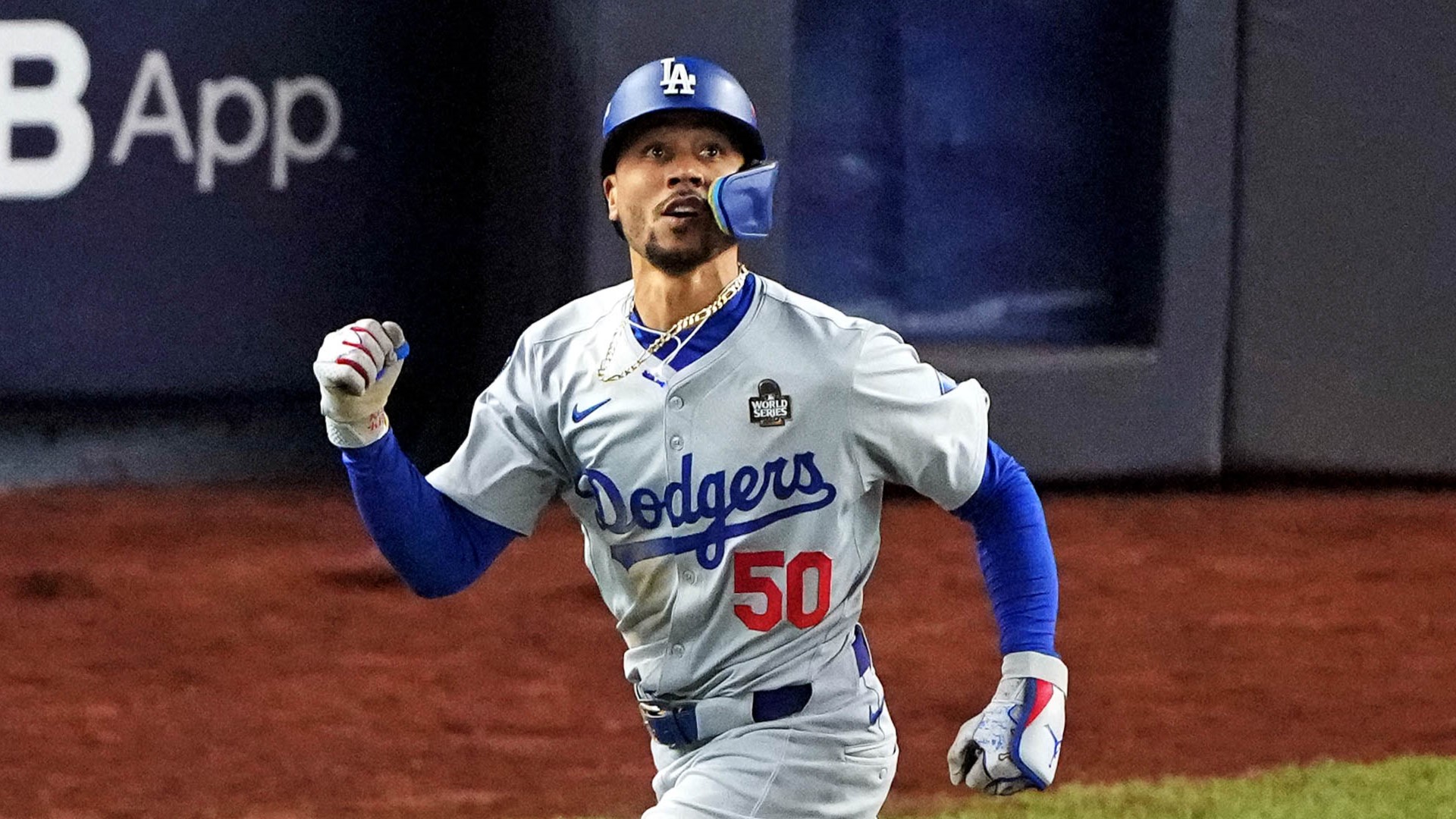 Mookie Betts Injury Update Dodgers Stars Status Uncertain For Boston Series
Jul 26, 2025
Mookie Betts Injury Update Dodgers Stars Status Uncertain For Boston Series
Jul 26, 2025 -
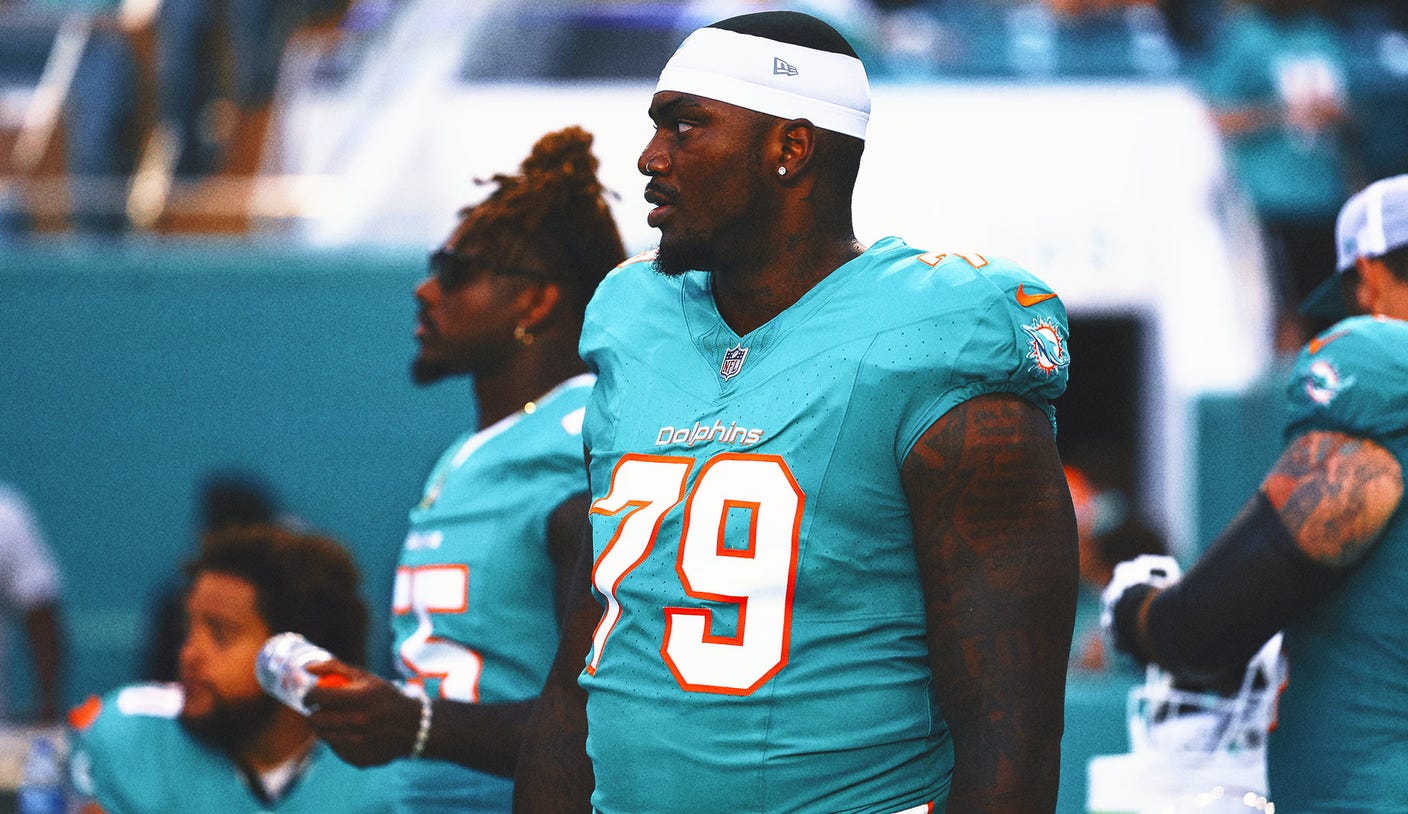 Dolphins Matos Recovering Well From Training Camp Setback
Jul 26, 2025
Dolphins Matos Recovering Well From Training Camp Setback
Jul 26, 2025
